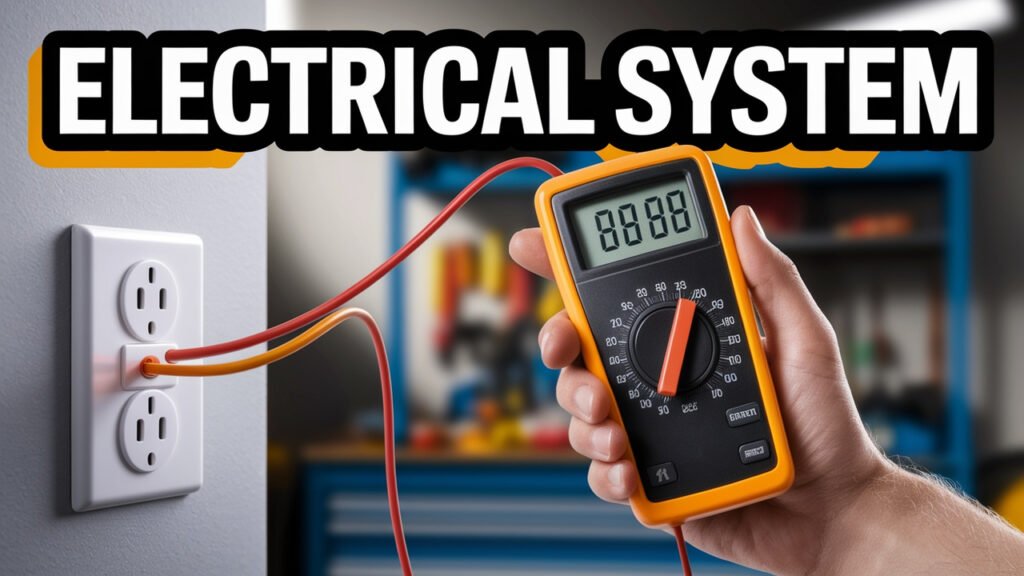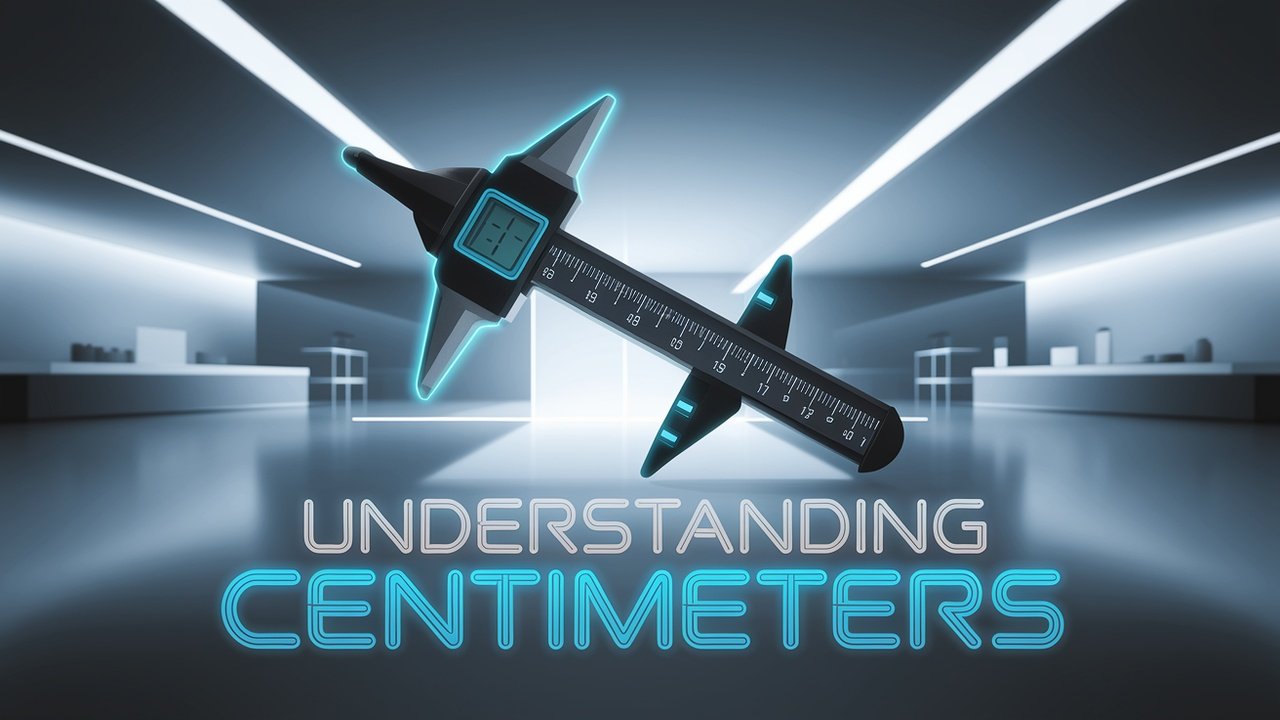Powering the Grid: A Comprehensive Guide to the 3 Phase 3 Wire Electrical System

Introduction
When it comes to delivering electricity efficiently 3 Wire and reliably, the method of power distribution is just as important as the electricity itself. One such system that forms the backbone of modern electrical infrastructure is the 3-phase 3-wire configuration. Whether you’re powering an industrial plant, a commercial building, or running large motors, this setup offers a balance of simplicity, efficiency, and performance that has made it a global standard in electrical engineering.
But what exactly does “3 phase 3 wire” mean? How does it differ from other systems, like 3-phase 4-wire or single-phase power? And why do engineers and electricians around the world rely on this specific configuration for so many high-power applications?
In this in-depth guide, we’ll explore the 3 phase 3 wire system from the ground up—delving into its technical foundation, advantages, applications, wiring details, and safety considerations. Whether you’re a curious homeowner, an electrical engineering student, or a seasoned technician, this article will provide the clarity you need to understand and appreciate this vital component of the power distribution landscape.
Chapter 1: The Basics of 3-Phase Power
Before diving into the 3 phase 3 wire configuration, it’s essential to understand the foundation of three-phase electricity.
1.1 What Is 3-Phase Power?
Three-phase power is a method of alternating current (AC) electric power generation, transmission, and distribution. It uses three alternating currents, each set 120 electrical degrees apart in phase, delivering a constant and balanced power flow.
1.2 Why Use 3 Phases?
Unlike single-phase power, which delivers power in pulses, three-phase power provides a smoother, more continuous flow of energy. This is especially beneficial for:
- Industrial machinery
- Large HVAC systems
- High-power equipment
- Efficient transmission over long distances
Chapter 2: Anatomy of a 3-Phase 3-Wire System

2.1 What Does “3 Wire” Mean?
The 3 phase 3 wire system uses three conductors (typically labeled as A, B, and C phases) to carry the electrical current. It does not include a neutral wire, distinguishing it from the 3 phase 4 wire (wye) system.
2.2 Delta Configuration
The most common 3-phase 3-wire system is the delta configuration. In this setup:
- The ends of each coil in a three-phase transformer are connected in a triangle.
- The three wires are taken from each corner of the triangle.
- No neutral point exists unless a center tap is added (rare in 3-wire systems).
Chapter 3: Technical Characteristics
3.1 Voltage and Current
- In a balanced delta system, each phase carries the same current and voltage relative to the others
- Common voltages in 3-phase 3-wire delta systems include:
- 240V
- 480V
- 600V
3.2 Line vs Phase Voltage
In a delta 3-wire system:
- Line voltage = Phase voltage
- This simplifies calculations and reduces the complexity of power design.
3.3 Power Calculation
The total power in a 3-phase system is given by:
P = √3 × V_L × I_L × pf
Where:
- P = Power (watts)
- V_L = Line voltage
- I_L = Line current
- pf = Power factor
Chapter 4: Advantages of 3-Phase 3-Wire Systems

4.1 Efficiency
With no neutral wire, less copper is required, lowering material and installation costs.
4.2 Continuous Power Delivery
Thanks to the phase offset, power is consistently available—ideal for motors and heavy-duty loads.
4.3 Load Balancing
Evenly distributed loads across phases improve energy efficiency and minimize voltage drops.
4.4 Smaller Equipment
Due to the constant torque and power delivery, 3-phase motors are more compact and efficient than single-phase ones.
Chapter 5: Typical Applications
The 3-phase 3-wire system finds applications in:
5.1 Industrial and Commercial Settings
- Factories
- Manufacturing plants
- Warehouses
5.2 Motor Loads
- Elevators
- Pumps
- Compressors
5.3 Data Centers and Infrastructure
- Uninterruptible Power Supplies (UPS)
- Server cooling systems
5.4 Long-Distance Transmission
- Utility power distribution from substations to transformers
Chapter 6: Comparison With Other Systems
Let’s compare 3 3-phase 3-wire system with other electrical configurations.
| Feature | 3 Phase 3 Wire (Delta) | 3 Phase 4 Wire (Wye) | Single Phase |
|---|---|---|---|
| Number of Conductors | 3 | 4 | 2 or 3 |
| Neutral Wire | No | Yes | Yes |
| Cost | Lower | Higher | Lower |
| Balance of Power | High | High | Low |
| Suitable for Motors | Yes | Yes | Limited |
| Application | Industrial | Commercial & Mixed | Residential |
Chapter 7: Wiring and Safety Considerations
7.1 Wire Sizing
The correct wire gauge depends on:
- Voltage
- Current
- Distance
- Insulation type
Use NEC (National Electrical Code) or IEC standards for proper sizing.
7.2 Protection Devices
Always use:
- Circuit breakers
- Fuses
- Ground fault protection
7.3 Grounding
Though there’s no neutral, proper grounding is still essential for:
- Lightning protection
- Fault current paths
- Safety during maintenance
Chapter 8: Troubleshooting and Maintenance
8.1 Common Issues
- Unbalanced Loads: Can cause overheating and inefficiency.
- Phase Loss: Leads to motor damage if one conductor fails.
- Overvoltage: Often caused by incorrect transformer connections.
8.2 Diagnostic Tools
- Clamp meters
- Oscilloscopes
- Infrared thermometers
- Phase rotation meters
8.3 Maintenance Best Practices
- Perform thermal imaging annually.
- Check insulation resistance.
- Test for phase balance regularly.
- Replace aging connectors and terminals.
Chapter 9: Modern Innovations
The 3-phase 3-wire system is evolving with smart technology.
9.1 Smart Monitoring
IoT-enabled circuit breakers and power meters help track energy usage, detect faults, and optimize load performance.
9.2 Renewable Integration
Solar farms and wind turbines often use 3 phase systems to feed into the grid due to efficiency and scalability.
9.3 Modular Power Systems
Portable data centers, military field stations, and EV charging hubs benefit from modular 3-phase 3-wire setups.
Chapter 10: FAQs About 3-Phase 3-Wire Systems
Q: Can I use a 3-phase 3-wire system in a home?
A: Rarely. Residential buildings typically use single-phase or split-phase systems due to lower power needs.
Q: Can I derive a neutral from a 3-wire system?
A: Not without special transformers or grounding techniques. Doing so incorrectly can be dangerous.
Q: Is it safe to convert 3-phase to single-phase?
A: With proper equipment like phase converters or VFDs, yes—but it must be done professionally.
Conclusion: Why 3 Phase 3 Wire Remains an Industry Standard
The 3 phase 3 wire electrical system stands as a pillar of modern power distribution. It offers an elegant solution for delivering high amounts of energy over long distances and under heavy load—all while minimizing infrastructure costs and maximizing efficiency. Its simplicity, combined with engineering versatility, makes it a go-to standard for industries that demand consistent and reliable power.
As we step into a future powered by smart grids, renewable energy, and industrial automation, the 3 phase 3 wire system will continue to evolve while maintaining its central role in keeping the world energized.






